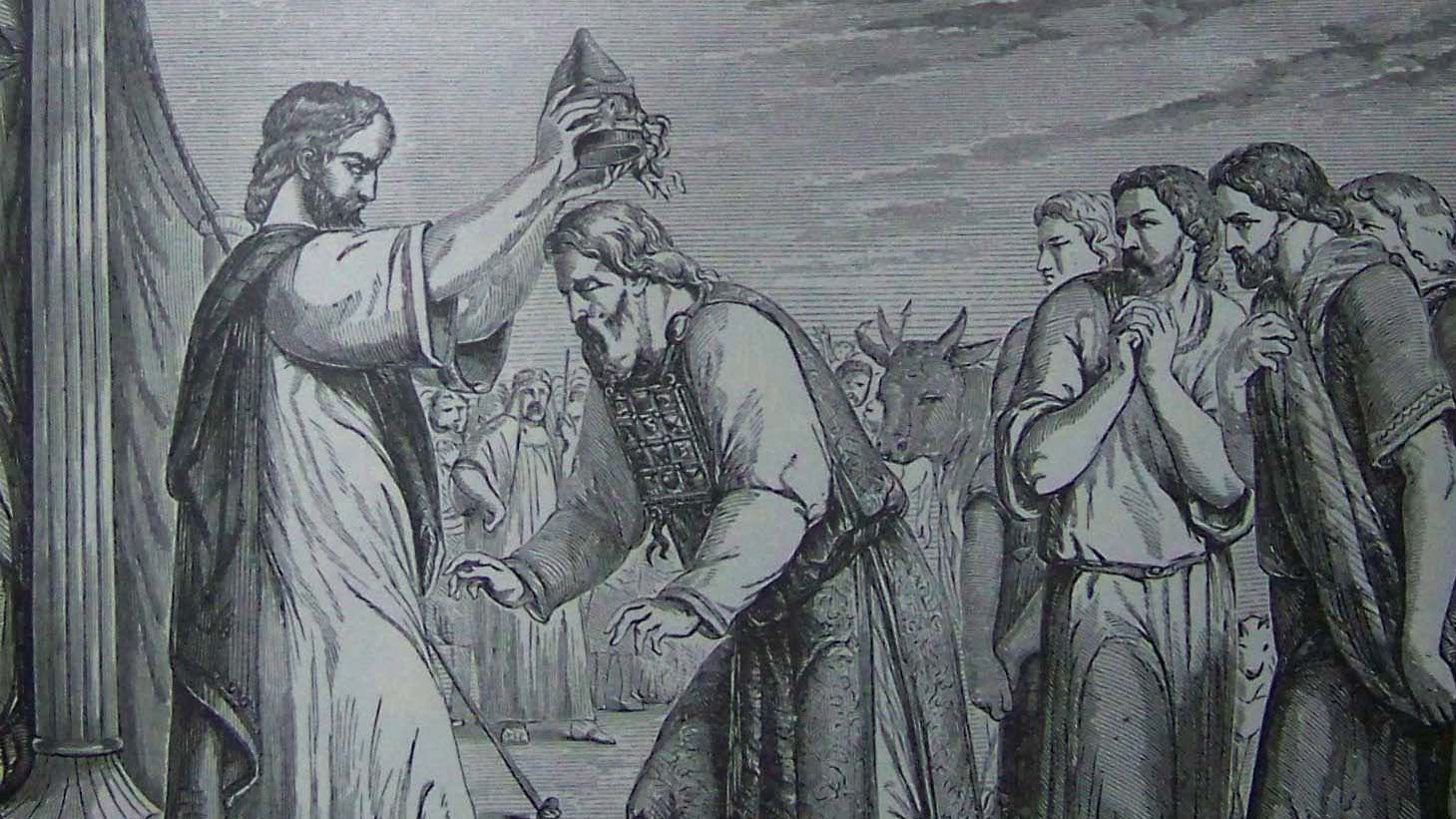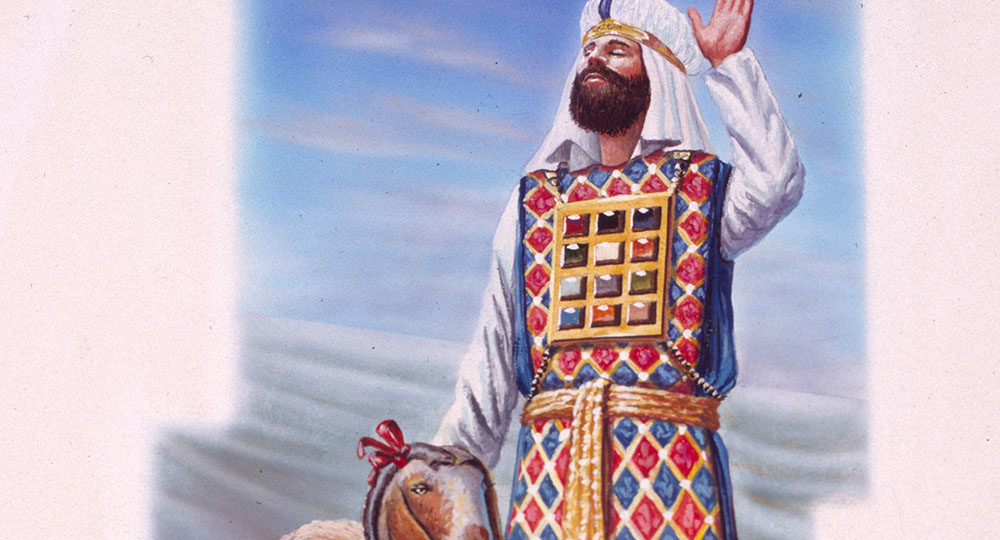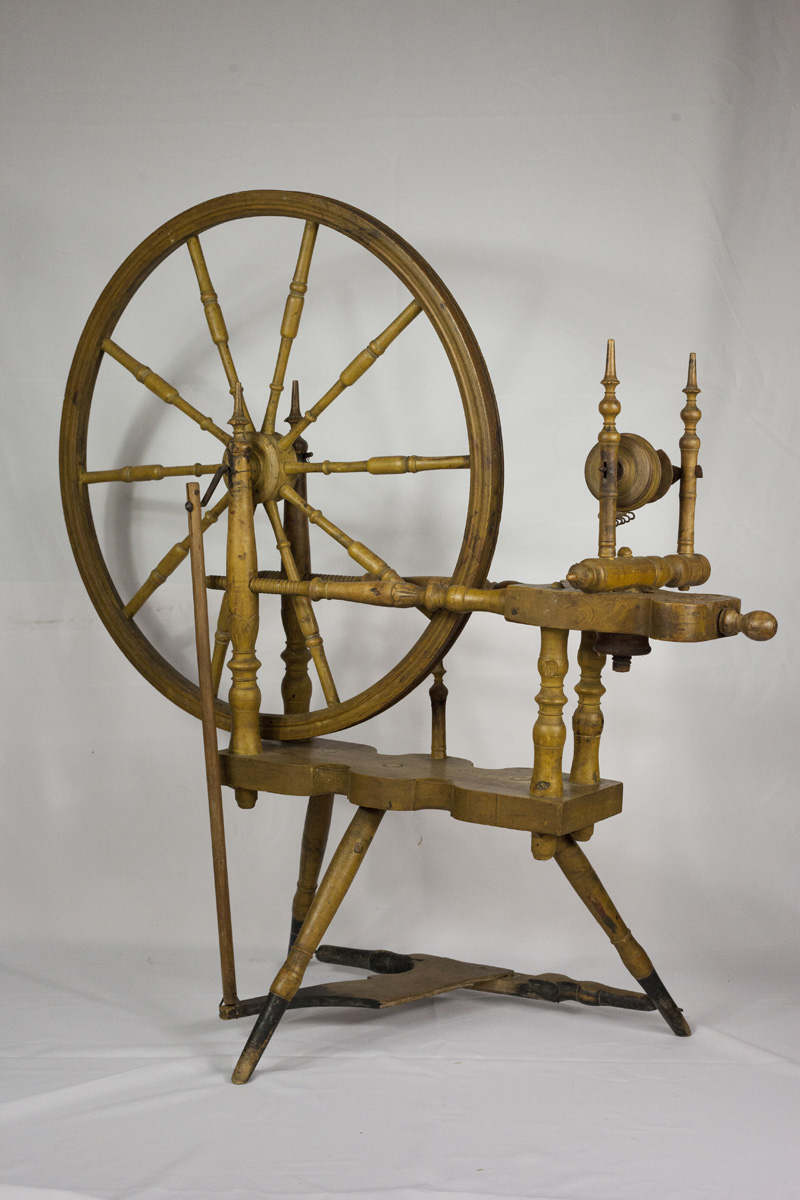
In the annals of history, few figures cast a shadow as long and complex as Aaron. Often overshadowed by his younger, more vociferous brother, Moses, Aaron nonetheless stands as a towering patriarch, a foundational prophet, and the very first High Priest of the Israelites. His story, woven into the sacred tapestries of the Hebrew Bible, the New Testament, and the Quran, offers a profound deep dive into leadership, spiritual authority, and the intricate dynamics of divine purpose.
Indeed, for serious enthusiasts of ancient history and religious narratives, understanding Aaron is not merely a matter of footnote but a journey into the very heart of the Abrahamic faiths. His life, unlike Moses who flourished in the grandeur of the Egyptian royal court, began amidst his kinsmen in the northeastern stretches of the Nile Delta, tethered to the roots of his people. This early distinction hints at the complementary yet distinct roles these brothers were destined to play in the grand drama of the Exodus.
When Moses, burdened by his own self-professed limitations in eloquence, first stood poised to confront the mighty Egyptian king regarding the enslavement of the Israelites, it was Aaron who stepped forward. God, recognizing Moses’ complaint that he could not speak well, appointed Aaron as Moses’ “prophet,” transforming him into the indispensable spokesman to Pharaoh. It was a partnership born of necessity, yet one that would define the foundational moments of Israelite liberation.
:max_bytes(150000):strip_icc()/Moses-and-Aaron-58b5ce0b5f9b586046cf9525.jpg)
From these early encounters, Aaron’s role evolved, taking on miraculous dimensions. At Moses’ command, he witnessed his rod transform into a snake, a potent display of divine power intended to sway the stubborn Pharaoh. He then extended his rod to unleash the first three devastating plagues upon Egypt, acts that unmistakably signaled the hand of the Almighty. Though Moses later took a more direct, self-acting role in addressing and speaking for himself, Aaron’s initial and crucial contributions as the voice of deliverance are undeniable.
Beyond the dramatic confrontations in Egypt, Aaron’s significance was solidified through a divine mandate at Mount Sinai. It was there, amidst the awe-inspiring revelation of the Law to Moses, that Aaron received the esteemed priesthood for himself and his male descendants. This was not merely an appointment; it was the very genesis of a sacred lineage, establishing him as the first High Priest of the Israelites, a spiritual bedrock upon which future generations would build.

This momentous decree meant that Levitical priests, or kohanim, were, and halakhically remain, traditionally believed to be of direct patrilineal descent from Aaron. His family, uniquely chosen, was granted the exclusive right and profound responsibility to make offerings on the altar to Yahweh, distinguishing them from the rest of his tribe, the Levites, who were assigned subordinate duties within the sanctuary.
Moses himself undertook the solemn task of anointing and consecrating Aaron and his sons to this exalted priesthood, meticulously arraying them in the prescribed robes of office. He meticulously relayed God’s detailed instructions for performing their sacred duties, ensuring that the entire Israelite community bore witness to the gravity and precision of their divine calling. Control over the Urim and Thummim, mystical instruments by which the will of God could be discerned, was also entrusted to Aaron and his successors, underscoring their unique access to divine wisdom.

Furthermore, the Aaronide priests were commissioned with critical responsibilities: to distinguish the holy from the common, the clean from the unclean, and crucially, to teach the divine laws—the Torah—to the Israelites. They were also divinely charged with the sacred duty to bless the people. A truly breathtaking moment of divine affirmation occurred when Aaron completed the altar offerings for the first time; alongside Moses, he “blessed the people: and the glory of the LORD appeared unto all the people: And there came a fire out from before the LORD, and consumed upon the altar the burnt offering and the fat [which] when all the people saw, they shouted, and fell on their faces.” This awe-inspiring event unequivocally established the institution of the Aaronide priesthood, imprinting its divine sanction upon the collective consciousness of the nascent nation.
During the Israelites’ arduous journey through the wilderness, Aaron’s leadership, while not always as overtly prominent as Moses’, proved essential in moments of crisis. At the fierce battle with Amalek, he stood with Hur, steadfastly supporting Moses’ hand as it held the “rod of God,” a poignant image of shared leadership in the face of existential threat. Later, as the revelation unfolded at Mount Sinai, Aaron led the elders of Israel who ascended with Moses partway to the summit, before remaining below with Hur to care for the people while Joshua accompanied Moses to the very peak.
Yet, Aaron’s journey was not without its profound challenges and moments of moral ambiguity. He plays a leading, albeit controversial, role in several pivotal conflicts during Israel’s wilderness wanderings. The most infamous of these occurred during Moses’ prolonged absence on Mount Sinai. The people, growing restless and perhaps succumbing to fear, provoked Aaron into crafting a golden calf. This act of idolatry, a direct affront to the freshly given commandments, so enraged God that it nearly led to the utter destruction of the Israelites.

Moses, the ever-vigilant intercessor, successfully averted this catastrophe, subsequently leading the loyal Levites in a swift and severe execution of many culprits, followed by a plague upon those who remained. Remarkably, Aaron himself escaped direct punishment for his significant role in this affair, a leniency attributed, according to Deuteronomy 9:20, to Moses’ powerful intercession on his behalf. This striking exemption has resonated throughout religious discourse, with later retellings of the story, particularly in rabbinic sources and the Quran, frequently excusing Aaron by portraying him as someone who was either not the idol-maker or acted under mortal duress from the agitated Israelites, pleading for Moses’ pardon upon his return.
Another harrowing episode unfolded on the very day of Aaron’s consecration, a day meant for jubilation. His two oldest sons, Nadab and Abihu, tragically perished, consumed by divine fire because they offered “strange” incense. This deeply unsettling event has been interpreted in various ways: some scholars view it as a reflection of ancient conflicts between rival priestly families, while others see it as a stark and uncompromising demonstration of the paramount importance of strict adherence to God’s instructions, particularly for those entrusted with sacred duties.
The Torah generally presents the trio of Moses, Aaron, and their elder sister Miriam as the unified leaders of Israel after the Exodus, a depiction also echoed in the biblical Book of Micah. However, even this powerful sibling bond faced internal strife. Numbers 12 recounts an instance where Aaron and Miriam openly complained about Moses’ exclusive claim to be the LORD’s prophet. Their presumption was swiftly and divinely rebuffed by God, who unequivocally affirmed Moses’ unique status as the one with whom the LORD spoke “face to face.

As a consequence, Miriam was afflicted with a severe skin disease, tzaraath, which turned her skin a stark white. Aaron, recognizing the gravity of the divine punishment, immediately pleaded with Moses to intercede for her. After a period of seven days in quarantine, Miriam was healed. Once again, Aaron, despite his complicity in the initial complaint, remarkably escaped any direct retribution, highlighting his unique position and the extraordinary grace extended to him.
Perhaps the most direct challenge to Aaron’s divinely ordained authority came from Korah, a Levite, who, along with many others, openly contested Aaron’s exclusive claim to the priesthood, as detailed in Numbers 16–17. This rebellion was met with swift and terrifying divine judgment: the earth opened up and swallowed the rebels whole. Following this, Eleazar, Aaron’s son, was commissioned to collect the censers of the deceased priests, a symbolic act of reclaiming what was desecrated.

When a plague subsequently broke out among the people who had sympathized with Korah’s rebellion, Aaron, acting swiftly at Moses’ command, took his censer and bravely positioned himself between the living and the dead. His intervention was profound; he stood there, amidst the devastation, until the plague abated, a remarkable act of atonement that underscored his indispensable priestly role and his power to mediate between a holy God and a sinful people.
To leave no doubt about the validity of the Levites’ claim to the offerings and tithes of the Israelites, a further divine sign was given. Moses gathered a rod from the leader of each of the twelve tribes of Israel and laid them overnight in the Tent of Meeting. The next morning, a miraculous sight greeted them: Aaron’s rod alone had not only budded but also blossomed and even produced ripe almonds. This astonishing botanical miracle served as an undeniable visual testament, with the rod subsequently placed before the Ark of the Covenant to perpetually symbolize Aaron’s unique and divine right to the priesthood.




